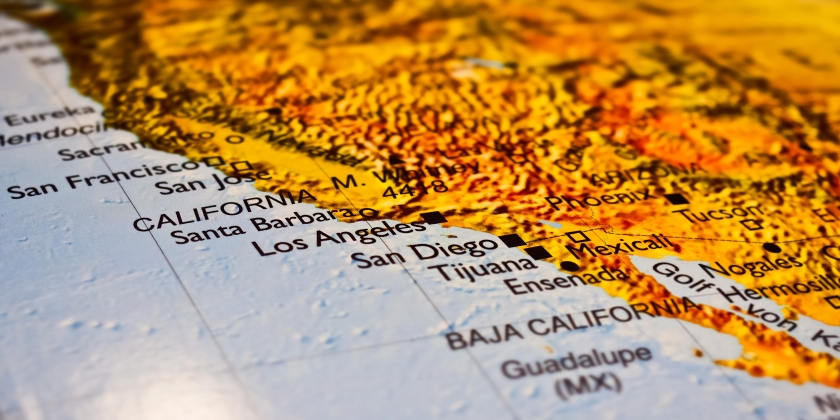Adoption of on-site systems
Why many cities miss the opportunity to adopt on-site water infrastructure

As droughts and rainfall events are becoming more frequent and severe, innovative players in the water sector increasingly call for modular, on-site and flexible urban water management (UWM) infrastructure that increase the resilience of cities’ water portfolios. However, despite the various potential advantages of on-site wastewater treatment and reuse, many cities miss the opportunity to implement this type of solution and tend to stick to conventional, large-scale infrastructure.
In a recent paper, we look at the factors that prevent UWM transitions from happening in regions that would potentially benefit from implementing on-site and resource-oriented UWM systems and are endowed with seemingly favourable conditions for transformative change. We focus particularly on the role of ‘global regime actors’ who disseminate conventional large-scale solutions and reproduce the global templates in the sector, steering regional development trajectories away from alternative on-site UWM options.
San Diego – a missed window of opportunity for UWM transformation
Over the past decades, San Diego (California) arguably featured high transformative potentials, as the region was confronted with recurring droughts, putting pressure on its conventional water system, which strongly relied on long-distance water transfers. California, at the same time, hosted some of the most renowned experts and innovative firms in the water sector, which were actively developing innovative on-site solutions. Yet, despite these favourable conditions, San Diego missed the opportunity to transition towards on-site reuse. Despite intense public debates and a relatively high awareness about the limitations of the current system, the response to droughts in the 2000s and 2010s was the construction of the $1 billion Carlsbad Desalination Plant, which, at that time, was the largest such plant in the Western hemisphere. Critics have long argued that desalination is an energy-intensive technological quick-fix to water problems; so, how did this solution still come about?
Global regime actors were successful in capturing regional debates
By analysing a dataset of local newspaper articles using a novel method called Socio-Technical Configuration Analysis (STCA), we tracked the evolution of how different solutions were presented and argued for in the region’s public media over a period of 15 years. Enhanced by interviews with regional water experts and advocates of both desalination and alternative solutions, the results show that a global regime actor from outside the region - the desalination developer Poseidon Water - very strategically and ultimately successfully captured the local debate and steered the discussion towards large-scale desalination rather than on-site UWM solutions. Even though there was continuous resistance (and numerous lawsuits brought forward against the Carlsbad plant), local opponents, such as the Sierra Club, the Surfrider Foundation and other environmental NGOs, ultimately failed in inducing a transition. One reason for this is because global corporations, such as Poseidon Water, with an interest in developing desalination plants engage very skilfully in ‘obfuscating’ the local discourse in ways that shift the debate away from desalination’s inherent (environmental) problems, toward framing it as an important part of a diversified ‘water portfolio’ solution. They also engage in lobbying local and state governments and other types of advocacy activities to shape the discourse in their favour. In addition, no good examples of on-site UWM solutions existed in the San Diego region, which would have helped to showcase these novel systems as legitimate alternatives. In this way, desalination opponents ultimately shifted their strategy toward supporting a large-scale alternative to desalination, centralised wastewater recycling, which at its core is very compatible with the current system.
Transformative potentials do not always lead to a transformation
The developments in San Diego are a good example of how transformative pressure can be exploited by actors who are interested in maintaining the status-quo. A sense of urgency among regional stakeholders was efficiently exploited by global regime actors who offered an environmentally questionable one-size-fits-all solution to local water security problems. If comparing San Diego to other regions, an important factor leading to this outcome is the absence of legitimised alternatives to conventional, large-scale infrastructure. The case of the Bay Area provides an interesting counterfactual example. This region started experimenting with on-site and resource-oriented water technologies already in the mid-2000s, and indeed induced a transition process that looks very different from what happened in San Diego. Cities that aim to transform their UWM system should start experimenting with (and thereby legitimising) alternative on-site solutions and implement policies to shield themselves from global regime actors who could enter the debate as in the case of San Diego.


